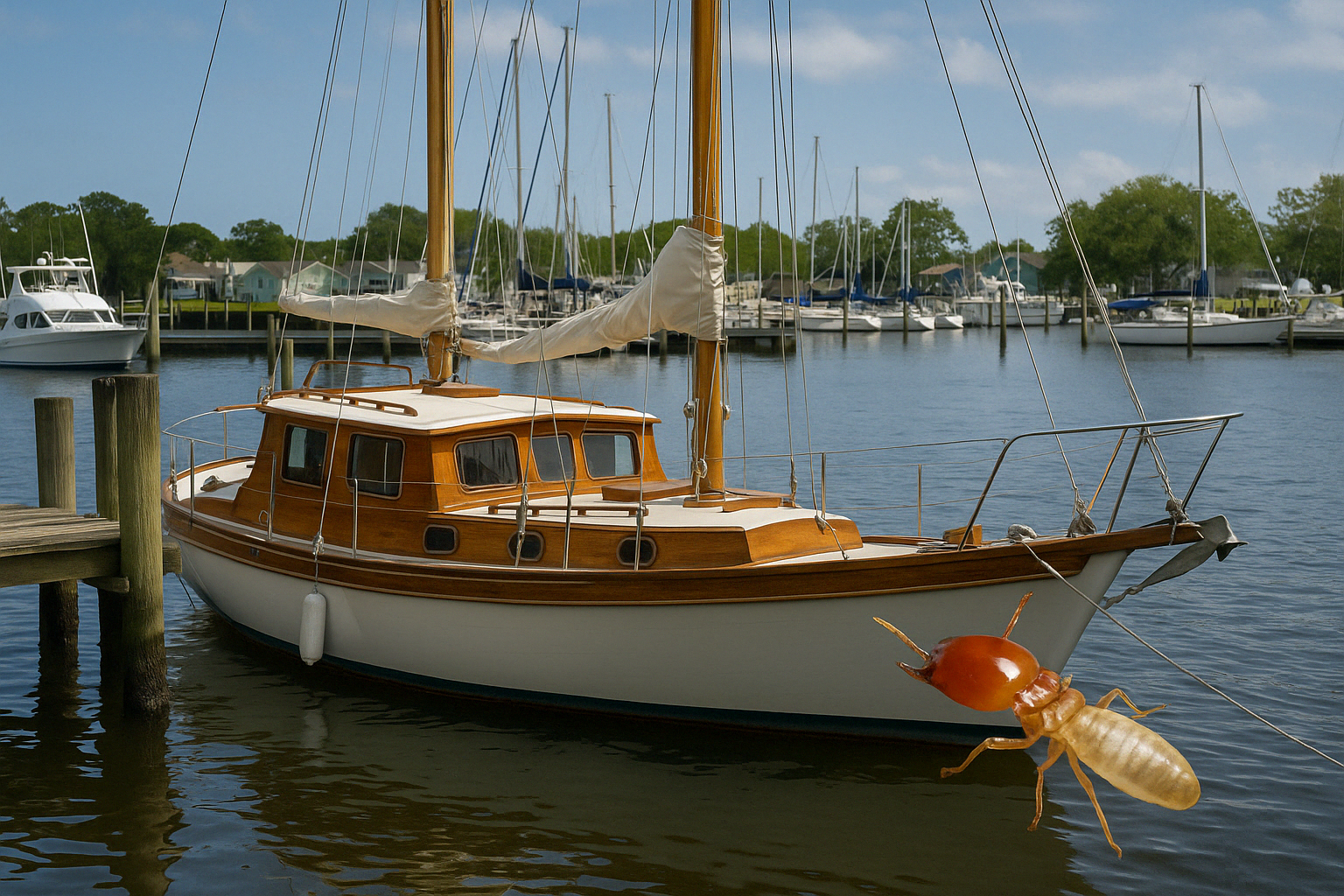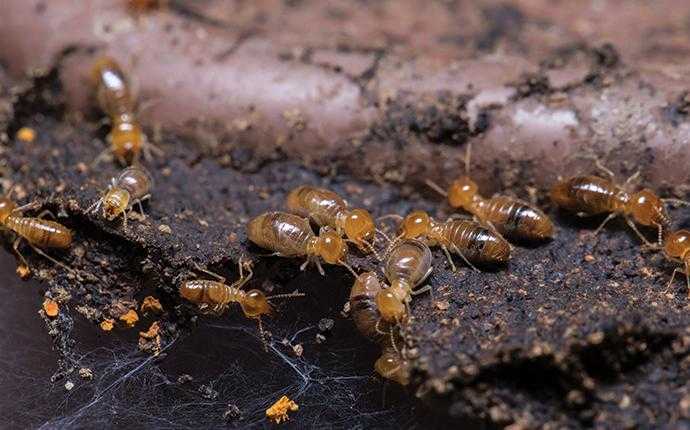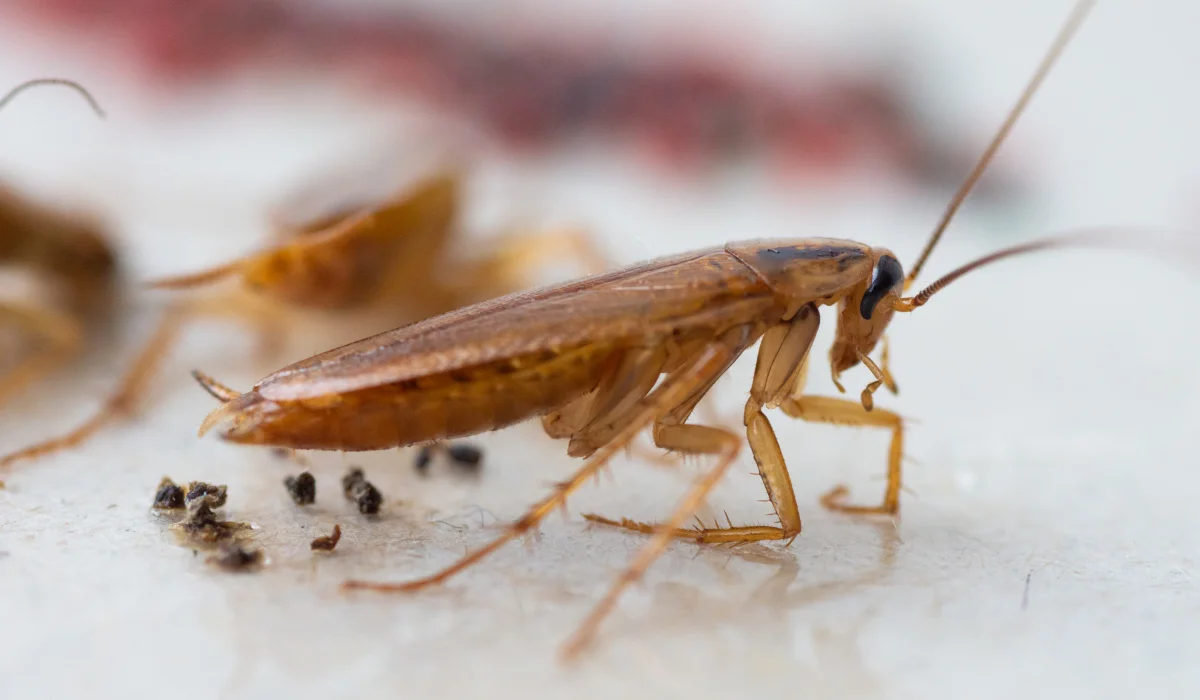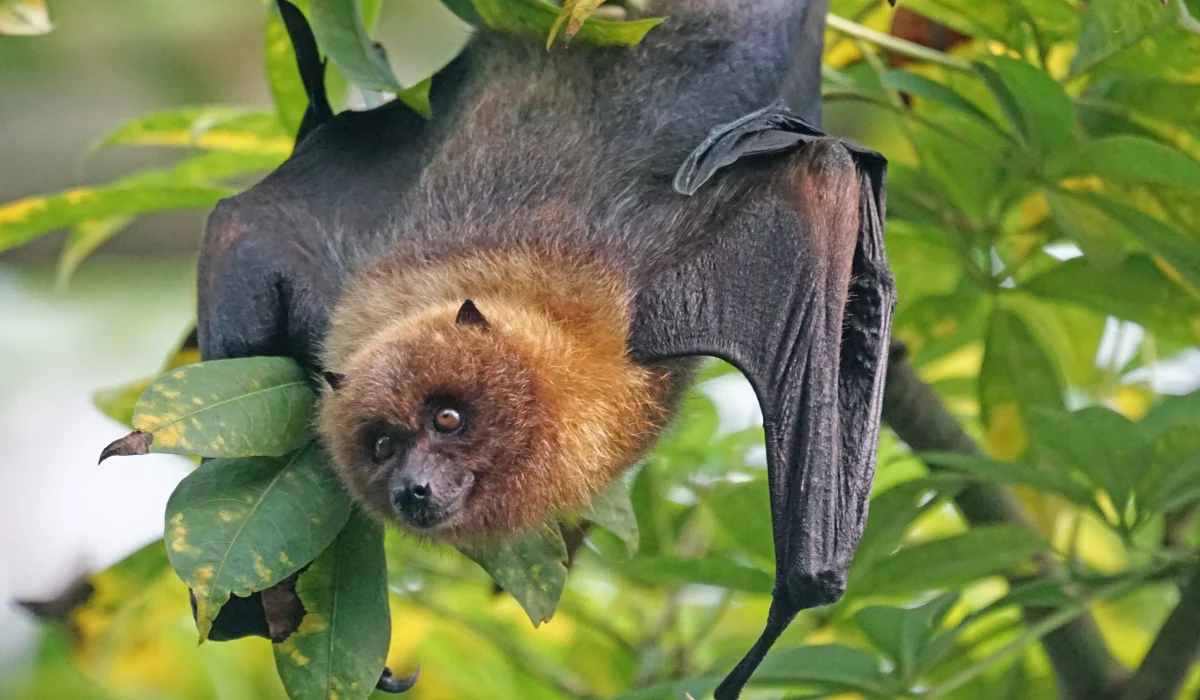When we think of termites, we often picture them quietly devouring the wooden beams of homes or trees in our backyards. However, a growing body of research reveals that these destructive pests are not confined to land. In fact, boats—especially those with wooden components—are becoming unexpected vehicles for termite dispersion, particularly in regions like southern Louisiana, which harbors one of the highest termite populations globally.
The Unseen Voyage: Termites on Boats
Recent studies have highlighted the alarming role that recreational boats, such as yachts and sailboats, play in the global spread of invasive termite species. Researchers at the University of Florida have concluded that recreational vessels have become significant means of transportation for termite stowaways. These boats, often constructed with or containing wooden elements, provide ideal habitats for termites to establish colonies. Once aboard, termites can remain undetected for extended periods, allowing them to travel vast distances and infest new areas upon docking.
Louisiana: A Termite Hotspot
Louisiana’s warm, humid climate creates a perfect breeding ground for termites, particularly the Formosan subterranean termite. First reported in the port cities of Lake Charles and New Orleans, these termites have since spread throughout the state, causing significant structural damage to homes and businesses. The state’s extensive network of waterways and bustling maritime activity further exacerbate the issue, providing ample opportunities for termites to hitch rides on boats and spread to new locations.

The Mechanics of Maritime Infestation
Termites can infest boats in several ways:
- Swarming: During certain times of the year, winged termites (alates) take flight to establish new colonies. If a boat is docked near an infested area during a swarm, termites can easily settle into the vessel’s wooden structures.
- Dockside Transfers: Boats moored at infested docks can become hosts to termites migrating from the dock’s wooden components.
- Transport of Infested Materials: Bringing infested furniture, crates, or other wooden items aboard can introduce termites to a previously uninfested boat.
Once established, termite colonies can remain hidden within a boat’s structure, often going unnoticed until significant damage has occurred.
The Global Implications
The issue isn’t confined to Louisiana. The global nature of maritime travel means that termites can spread from one region to another with ease. For instance, the Formosan subterranean termite, native to East Asia, has been introduced to various parts of the world, including the United States, via maritime activities. Once introduced, these termites can establish colonies and cause extensive damage, often outcompeting native termite species.

Preventative Measures and Recommendations
Given the risks associated with termite infestations on boats, it’s crucial for boat owners and maritime professionals to take proactive steps:
Regular Inspections: Routinely inspect boats, especially wooden components, for signs of termite activity, such as mud tubes, discarded wings, or hollow-sounding wood.
Proper Storage: Avoid storing wooden items or materials that could harbor termites on boats.
Dock Maintenance: Ensure docks are regularly inspected and treated for termites to prevent infestations from spreading to moored vessels.
Professional Treatment: If an infestation is suspected, consult with pest control professionals experienced in maritime environments to address the issue promptly.
Conclusion
Termites pose a significant threat not only to terrestrial structures but also to the maritime industry. As boats become inadvertent carriers of these pests, the potential for widespread infestations increases, particularly in regions like southern Louisiana. By understanding the mechanisms of termite spread and implementing preventative measures, we can protect our vessels, docks, and coastal communities from these destructive invaders.
 By: LaJaunie's Pest Control
By: LaJaunie's Pest Control 

